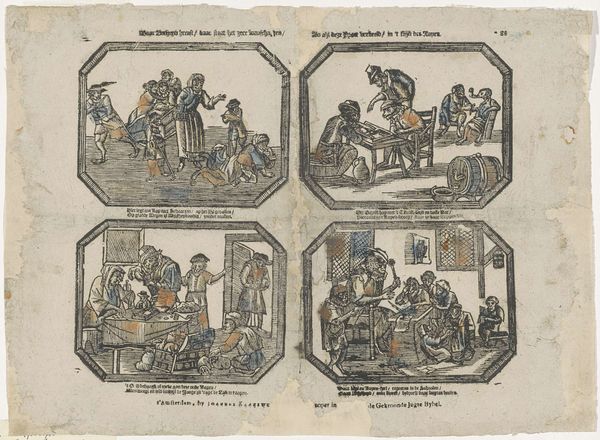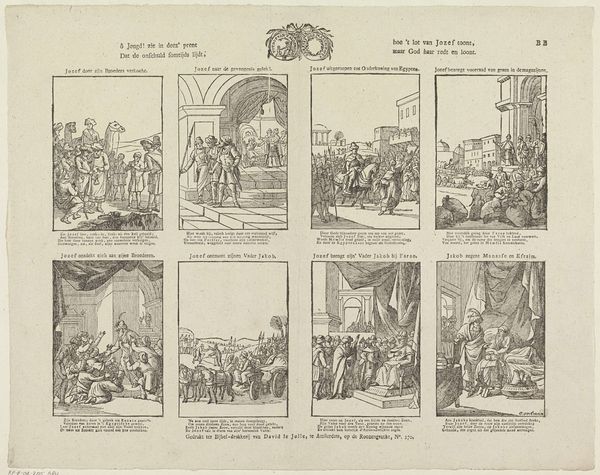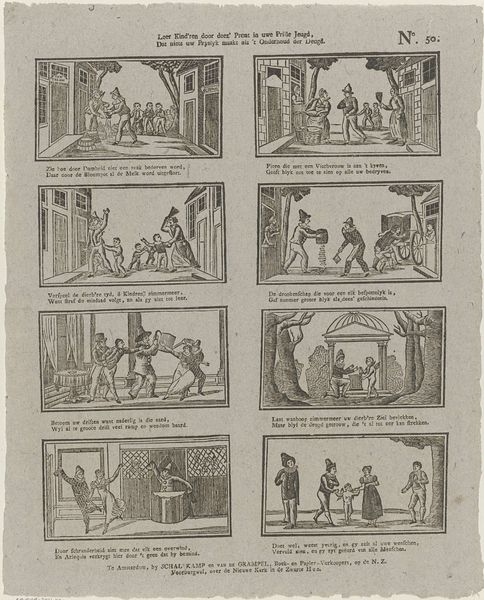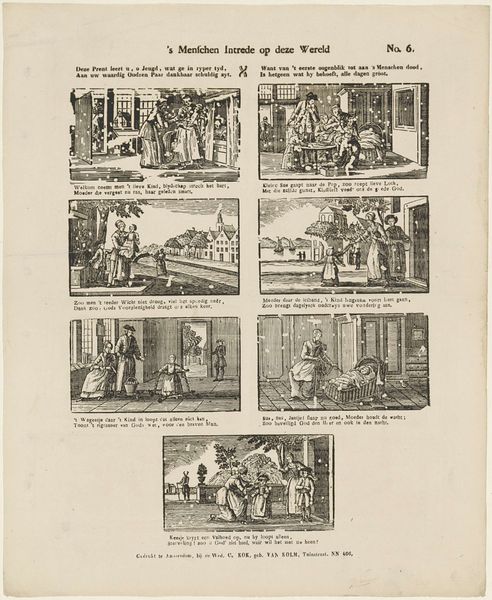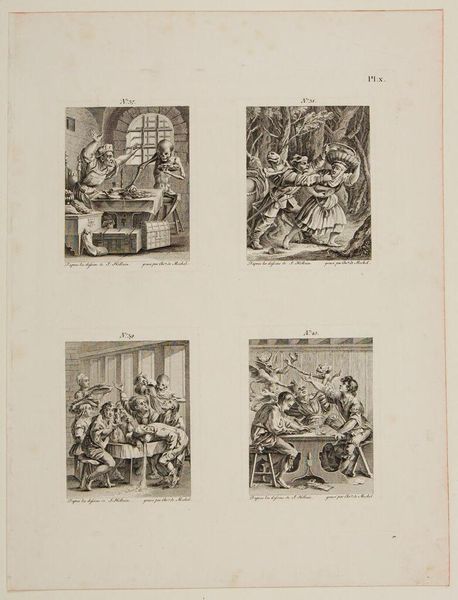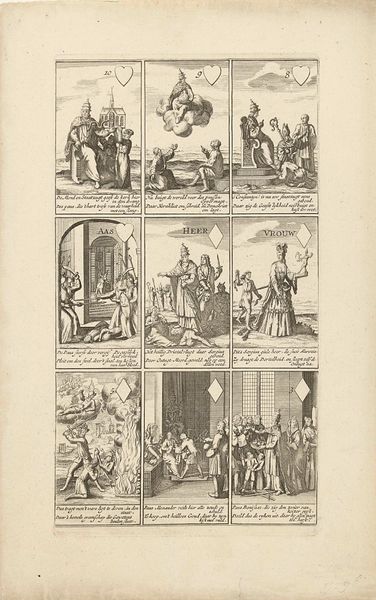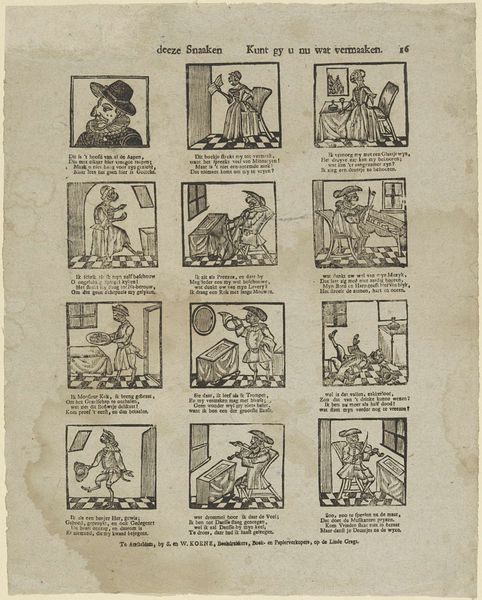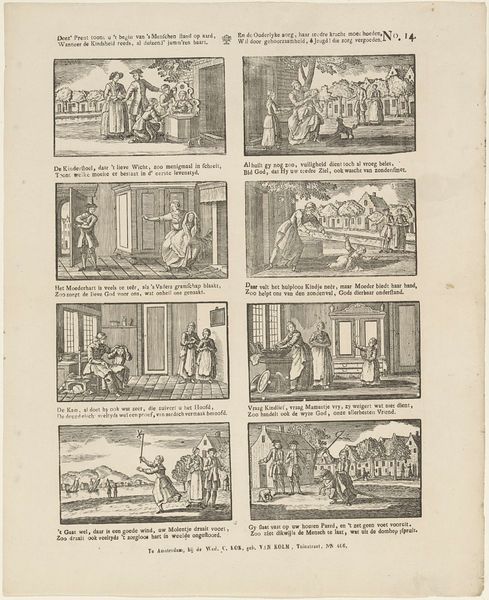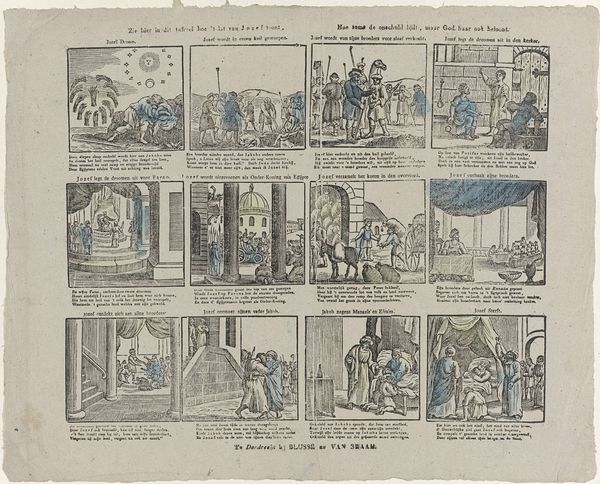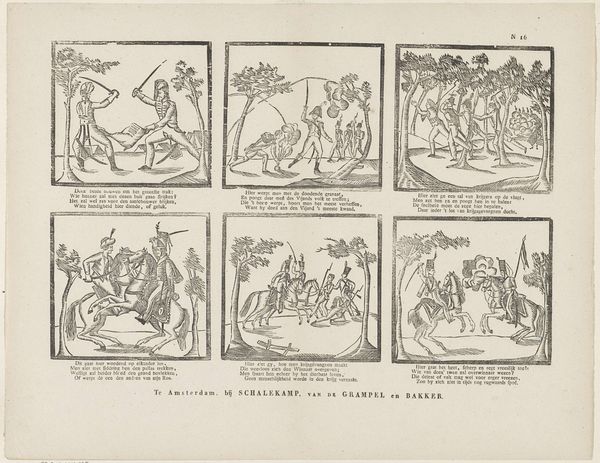![Jongens, ziet hier 't aapen leven / Afgebeeld en ook beschreven [(...)] by Johan Noman](/_next/image?url=https%3A%2F%2Fd2w8kbdekdi1gv.cloudfront.net%2FeyJidWNrZXQiOiAiYXJ0ZXJhLWltYWdlcy1idWNrZXQiLCAia2V5IjogImFydHdvcmtzLzJjMGVlMzViLTY3ZTEtNDFiMi1iMDljLWY5MWM5Y2VmNWEyMC8yYzBlZTM1Yi02N2UxLTQxYjItYjA5Yy1mOTFjOWNlZjVhMjBfZnVsbC5qcGciLCAiZWRpdHMiOiB7InJlc2l6ZSI6IHsid2lkdGgiOiAxOTIwLCAiaGVpZ2h0IjogMTkyMCwgImZpdCI6ICJpbnNpZGUifX19&w=3840&q=75)
Jongens, ziet hier 't aapen leven / Afgebeeld en ook beschreven [(...)] 1806 - 1830
0:00
0:00
johannoman
Rijksmuseum
print, paper, ink, pen, engraving
#
comic strip sketch
#
narrative-art
#
dutch-golden-age
# print
#
pen sketch
#
old engraving style
#
paper
#
personal sketchbook
#
ink
#
ink drawing experimentation
#
pen-ink sketch
#
comic
#
pen work
#
sketchbook drawing
#
pen
#
genre-painting
#
storyboard and sketchbook work
#
sketchbook art
#
engraving
Dimensions: height 315 mm, width 408 mm
Copyright: Rijks Museum: Open Domain
Editor: Here we have Johan Noman's "Jongens, ziet hier 't aapen leven," dating from around 1806-1830, currently housed at the Rijksmuseum. It's an engraving in ink on paper, presented almost like a comic strip. I'm struck by the compartmentalized scenes; each little vignette feels very self-contained, yet part of a larger whole. How do you interpret this work through a formalist lens? Curator: The strong lines of the engravings create defined forms within each compartment. Note the careful attention to detail in the cross-hatching which builds volume and shadow, particularly on the figures and objects within each scene. The rigid geometric structure of the panel arrangement is also noteworthy. Editor: I see what you mean about the lines—the rigidity. But the figures themselves, despite being so meticulously rendered, seem to be caught in quite dynamic poses. How do you reconcile that tension between static form and implied movement? Curator: Precisely. It's within that very tension where the meaning resides. The stark linearity, combined with the implied dynamism, creates a deliberate contrast. Each frame acts as its own independent study of form while remaining intertwined through the artist's rendering choices. How does the play of dark and light function in the overall reading? Editor: It’s almost like a spotlight, directing our attention to key figures or interactions within each box. The sharp contrast emphasizes particular moments. Curator: An astute observation. The formal qualities underscore the underlying thematic elements within the tableau. And thus it serves both a didactic and an aesthetic function, wouldn't you agree? Editor: Definitely! It’s interesting how much one can gather just by examining the composition and line work, completely setting aside the text or the subject matter itself.
Comments
No comments
Be the first to comment and join the conversation on the ultimate creative platform.
